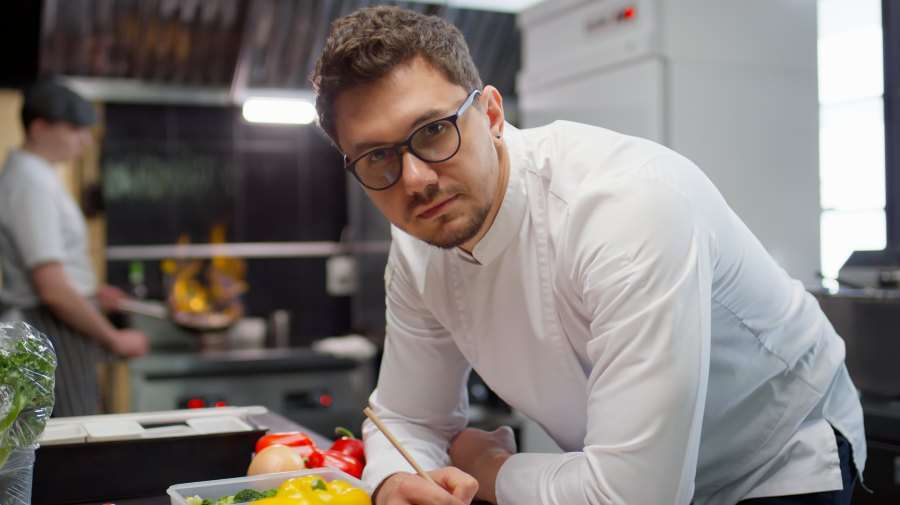You must also demonstrate that you are working hygienically during an inspection. This obligation applies to all companies that provide food and/or drink. So not only for catering companies, but also for care homes, crematoria, hospitals, sports canteens and associations.
With the HACCP course you are able to work independently according to the Hygiene Code.
TIP : If you are looking for the Dutch version of this Course, visit HACCP Cursus to earn your HACCP Certificate in 2 hours for just €49,95.
What you will learn
You will learn the content of the legislations and regulations, the hygiene code and how the HACCP system works.
Is a HACCP course Mandatory?
Whether you are a volunteer in a sports canteen, a cook level 1 to 4, working independently, a chef or institutional cook, everyone will have to be able to demonstrate that he/she works according to the Hygienic code.
Who needs a HACCP Certificate
Anyone who works in the hospitality industry, catering or in an institutional kitchen. Also managers, employees and volunteers in sports canteens, at associations and/or community centers. You do not need any previous education for the HACCP certificate.
The Exam
At the end of the course you will take a final test. If you complete the exam successfully, you will immediately receive the HACCP Hygiene Code Certificate. You can show this certificate to the inspector during an inspection by the Dutch Food and Consumer Product Safety Authority (NVWMA).
Certificate
As soon as you pass the final test, you will immediately receive the HACCP Hygiene Code Certificate.
Course Duration
This online course is a self-study. You can take as long as you want. Normally the study load is 4 hours.
FAQ
What is HACCP?
Companies as well as restaurants and sports canteens involved in the preparation, processing, handling, packaging, transport and/or distribution of foods must identify all aspects of the production process and analyze them for hazards.
What does HACCP mean?
HACCP stands for: Hazard Analysis and Critical Control Points.
Where do I take the exam after the HACCP course?
At the end of the course you will receive a HACCP final exam. Upon successful completion you will receive your very own HACCP Certificate. You can show this certificate to the inspector during an inspection by the Dutch Food and Consumer Product Safety Authority (NVWMA).
It is, however, it is your own responsibility to ensure that you remain up-to-date. It is therefore recommended to repeat this course every 2 years.
I work voluntarily in the sports canteen and only serve fries and sandwiches. Do I also have to complete the HACCP course?
Yes, if you come into contact with perishable foods or drinks, and that includes fries and toasted sandwiches (including beer), you must work in accordance with the HACCP Hygiene Code.
Is Social Hygiene (SVH) the same as the Hygiene Code HACCP course?
No, Social Hygiene focuses on treating people with respect. For example, you learn how to tell an intoxicated guest that he or , or that someone has to leave your business because he/she is causing a scene. In the HACCP course you will learn how to apply the Hygiene Code in practice and how to ensure optimal food hygiene.
Training Inhoud
Over de instructeur
Inloggen
Toegang tot deze training vereist een login. Voer hieronder je gegevens in!

